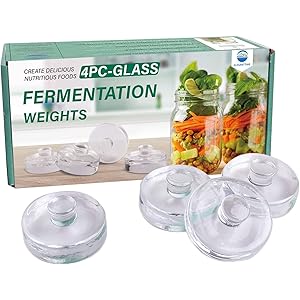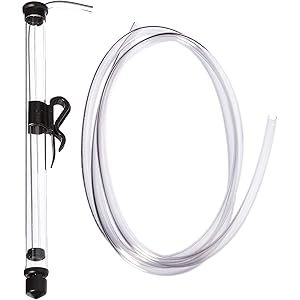Understanding the Farmhouse Technique
The farmhouse technique is a design and lifestyle approach that emphasizes simplicity, comfort, and a connection to nature. Rooted in traditional rural aesthetics, this technique incorporates elements that evoke a sense of warmth and homeliness. By blending rustic charm with modern functionality, the farmhouse technique creates spaces that are both inviting and practical, making it a popular choice for homeowners and designers alike.
Key Elements of the Farmhouse Technique
At the heart of the farmhouse technique are several key elements that define its aesthetic. These include the use of natural materials such as wood, stone, and metal, which contribute to a warm and organic feel. Additionally, neutral color palettes are often employed, allowing for a serene backdrop that highlights the beauty of the surrounding environment. Textures play a crucial role as well, with soft fabrics and layered textiles adding depth and comfort to the overall design.
Incorporating Vintage Decor
One of the hallmarks of the farmhouse technique is the incorporation of vintage decor. This can include reclaimed furniture, antique accessories, and handcrafted items that tell a story. By integrating these pieces, homeowners can create a unique and personalized space that reflects their history and values. Vintage decor not only enhances the aesthetic appeal but also promotes sustainability by repurposing items that might otherwise be discarded.
Open Spaces and Functional Layouts
The farmhouse technique often features open floor plans that promote a sense of flow and connectivity between different areas of the home. This layout encourages family interaction and makes entertaining guests more enjoyable. Functional spaces, such as large kitchens and cozy living areas, are designed to accommodate daily activities while maintaining an inviting atmosphere. The emphasis on practicality ensures that the home is not only beautiful but also livable.
Emphasizing Natural Light
Natural light is a crucial component of the farmhouse technique, as it enhances the overall ambiance and creates a welcoming environment. Large windows, skylights, and open spaces are commonly utilized to maximize sunlight exposure. This not only brightens the interior but also fosters a connection with the outdoors, allowing homeowners to enjoy the changing seasons and natural beauty surrounding their homes.
Get more content like this!
Sign up to receive updates and new terms first hand.
Outdoor Living Spaces
The farmhouse technique extends beyond the interior, often incorporating outdoor living spaces that blend seamlessly with the natural landscape. Patios, porches, and gardens are designed to be extensions of the home, providing areas for relaxation and socializing. These spaces are typically adorned with comfortable furniture, greenery, and decorative elements that mirror the interior design, creating a cohesive aesthetic throughout the property.
Color Schemes in Farmhouse Technique
Color schemes in the farmhouse technique typically revolve around muted tones and earthy hues. Shades of white, beige, gray, and soft pastels are commonly used to create a calming atmosphere. Accent colors can be introduced through decor and furnishings, adding personality without overwhelming the space. This thoughtful approach to color not only enhances the visual appeal but also contributes to the overall sense of tranquility that characterizes the farmhouse technique.
Farmhouse Technique and Sustainability
Sustainability is an integral aspect of the farmhouse technique, as it encourages the use of eco-friendly materials and practices. By prioritizing local sourcing and energy-efficient solutions, homeowners can reduce their environmental impact while creating beautiful spaces. The emphasis on durability and timeless design ensures that the farmhouse technique remains relevant and functional for years to come, aligning with modern values of sustainability and responsible living.
Farmhouse Technique in Modern Design
In recent years, the farmhouse technique has evolved to incorporate contemporary design elements, resulting in a fresh take on this classic style. Modern farmhouse designs often feature sleek lines, minimalist decor, and innovative technologies, all while maintaining the warmth and charm of traditional farmhouse aesthetics. This fusion of old and new allows homeowners to enjoy the best of both worlds, creating spaces that are stylish, functional, and deeply rooted in history.




